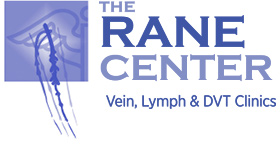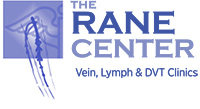Formation of blood clots in the lower extremities is a well recognized complication of all surgical procedures. Blood clots (deep vein thrombosis, DVT) are commonly feared, but the occurrence in current practice is actually quite low, about three per hundred (3%). In patients with certain venous problems and specific medical conditions the risk is increased, but the overall numbers are quite low, about six per hundred (6%) among the patients in our practice.
A leg blood clot may move to the lungs causing chest symptoms and pulmonary problems. The chance of this occurring is much lower than the chance of forming leg blood clots. If you have chest pain or shortness of breath after surgery, call the doctor or proceed to the emergency room immediately. Death from such an occurrence can occur, although it is rare.
Patients undergoing surgical procedures in our practice are routinely given blood thinners (anticoagulation) before, and after the procedure. Patients undergoing stent procedures are also given blood thinners during the procedure. Administration of blood thinners reduces the chances of blood clot formation. Other measures that further reduce the chance of blood clot formation are also provided in the postoperative period, for example, leg/foot compression and early ambulation.
Prolonged bed rest and physical inactivity tends to favor blood clot formation, while activity tends to prevent it. It is therefore very important to get out of bed the morning after the operation and start walking. Try to maintain your daily routine activity and exercise daily.
The chances of blood clot formation are greatly reduced by the above measures but not totally eliminated. Currently there are no preventive measures that completely eliminate blood clot formation and resulting complications. This risk therefore remains an unavoidable part of the overall risks of surgery.

